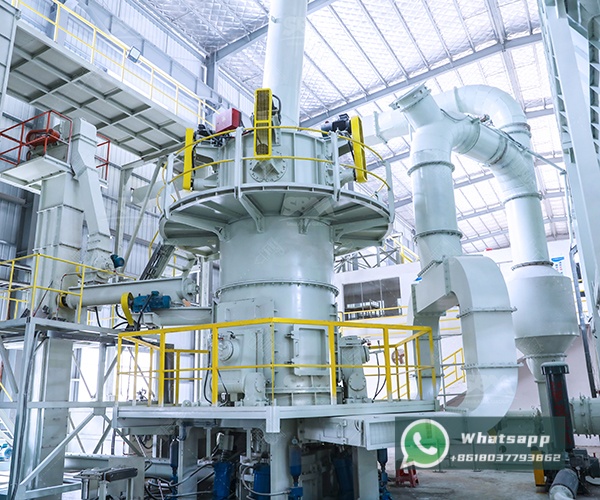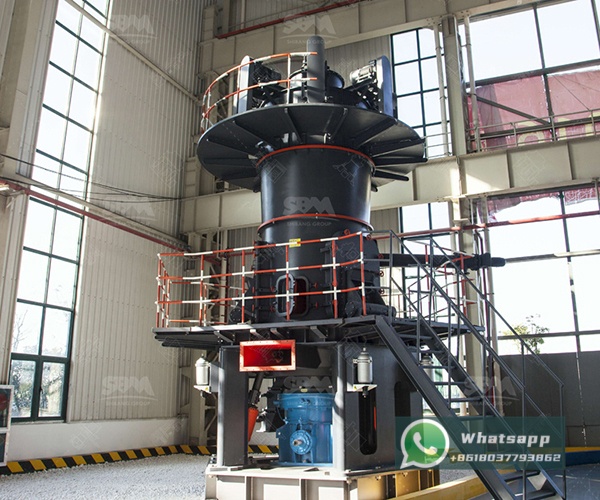In the realm of industrial powder processing, the efficiency and quality of the final product are heavily dependent on the precision of the grinding and classification systems. While much attention is given to grinding mills, the classifier—particularly its rotor and blade design—plays an equally critical role in determining particle size distribution, product yield, and overall system energy consumption. This article provides a comprehensive examination of classifier rotor and blade technology, exploring the engineering principles that underpin high-performance classification.
Classification is the process of separating particles based on size, shape, and density. In a closed-circuit grinding system, the classifier acts as the decision-maker, continuously returning oversized particles to the mill for further grinding while allowing correctly sized material to pass through as the final product. The heart of any modern air classifier is its rotor assembly, a dynamically balanced rotating cage equipped with numerous blades. The interaction between the centrifugal force generated by the rotor and the opposing drag force of the air creates the cut point—the specific particle size at which separation occurs.

Modern classifier rotors are engineering marvels designed for optimal aerodynamic performance and mechanical stability. Key design considerations include:
The blades are the active elements of the classifier, and their design is paramount. The profile, angle of attack, and material composition are all critical factors.

The classifier does not operate in isolation; its performance is intrinsically linked to the grinding mill it serves. An optimally designed classifier ensures that the mill is not overworking to re-grind already fine particles—a phenomenon known as “overgrinding” that wastes energy and can create undesirable ultra-fines. For operations demanding ultra-fine powders, the synergy between mill and classifier is even more critical.
In this context, the technological advancements embodied in Shanghai Zenith Machinery’s LUM Ultrafine Vertical Mill are particularly noteworthy. This mill represents a pinnacle of integrated design, where the grinding mechanism and the classifier are engineered as a single, cohesive unit. The built-in classifier features a highly advanced rotor and blade system designed for precise cuts in the ultrafine range (D97: 5-30 μm).
| Model | Main Machine Power (kW) | Capacity (t/h) | Size Distribution D97 (μm) |
|---|---|---|---|
| LUM1125 | 220-250 | 1.6-11.5 | 5-30 |
| LUM1232 | 280-315 | 2.0-13.5 | 5-30 |
| LUM1436 | 355-400 | 2.3-15 | 5-30 |
The LUM’s classifier achieves this through a rigid, dynamically balanced rotor with a high density of specially profiled blades. This design ensures a sharp particle size cut, high classification efficiency, and stable long-term operation, making it an ideal solution for producing high-value ultrafine powders for industries like plastics, paints, and advanced ceramics.
Consider a plant producing coated calcium carbonate for the paper industry. The target is a top cut of 10 microns (D97) with a steep distribution curve. A traditional system with a separate ball mill and classifier might struggle with efficiency and product consistency. By implementing an integrated solution like Zenith’s LM Vertical Grinding Mill, which combines grinding, drying, and classification, the plant can achieve superior control.
| Model | Plate Diameter (mm) | Capacity (t/h) | Output Fineness (μm) | Main Motor (kW) |
|---|---|---|---|---|
| LM130K | 1300 | 10-28 | 170-40 | 200 |
| LM190K | 1900 | 23-68 | 170-40 | 500 |
| LM280K | 2800 | 50-170 | 170-45 | 1250 |
The LM mill’s classifier, with its robust rotor and wear-resistant blades, ensures that only particles meeting the stringent size specification leave the system. This precision directly translates to higher product quality, reduced specific energy consumption (kWh/ton), and increased mill capacity, as the grinding chamber is not congested with finished product.

The evolution of classifier rotor and blade design continues, driven by demands for greater efficiency, smarter operation, and harder-wearing materials. Trends include the use of AI and machine learning to optimize rotor speed in real-time based on feed characteristics and product sensors, as well as the development of new composite materials that extend service life in highly abrasive applications.
In conclusion, the classifier rotor and blade are far from being simple components; they are sophisticated, high-precision elements that are vital to the success of any modern powder processing operation. A deep understanding of their design and function is essential for optimizing grinding circuits. For companies seeking to enhance their powder production capabilities, partnering with experienced manufacturers like Shanghai Zenith Machinery Co., Ltd. and leveraging their advanced, integrated mill-classifier systems—such as the LUM Ultrafine Vertical Mill and LM Vertical Grinding Mill—provides a proven path to achieving superior product quality, operational efficiency, and long-term economic return.